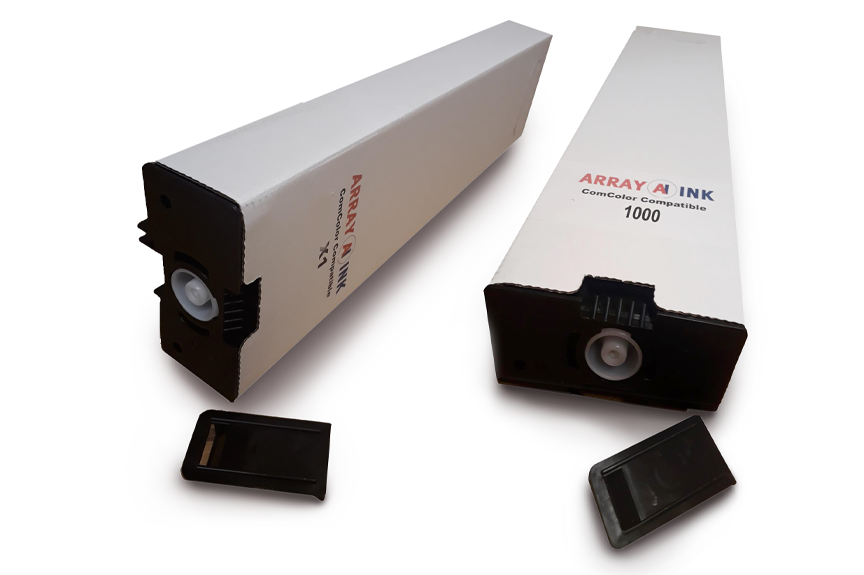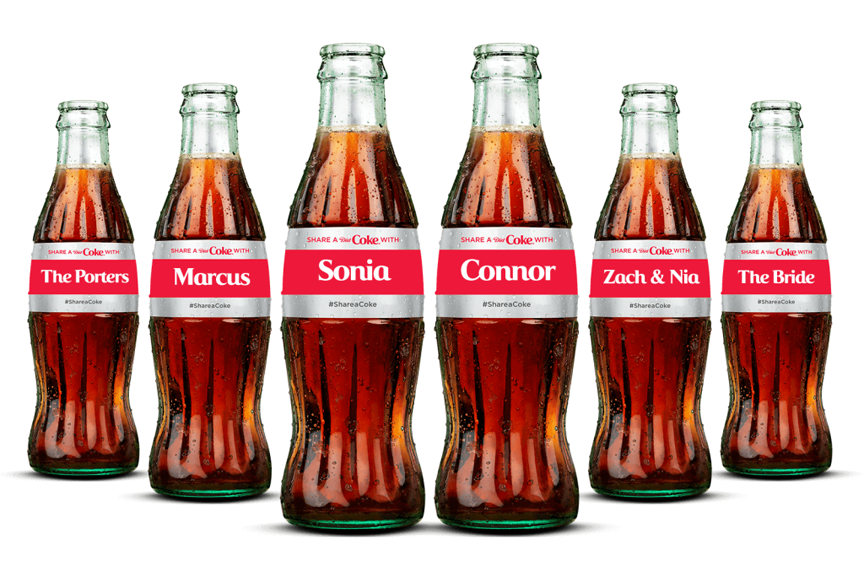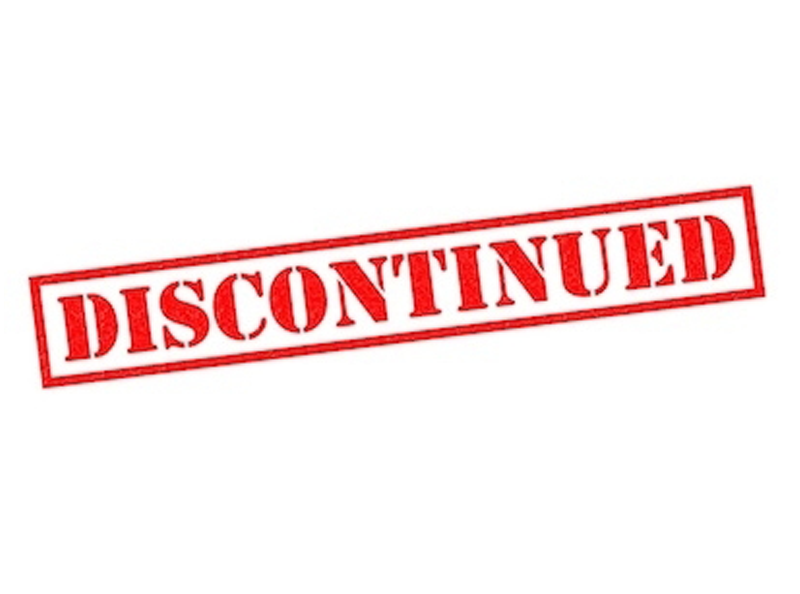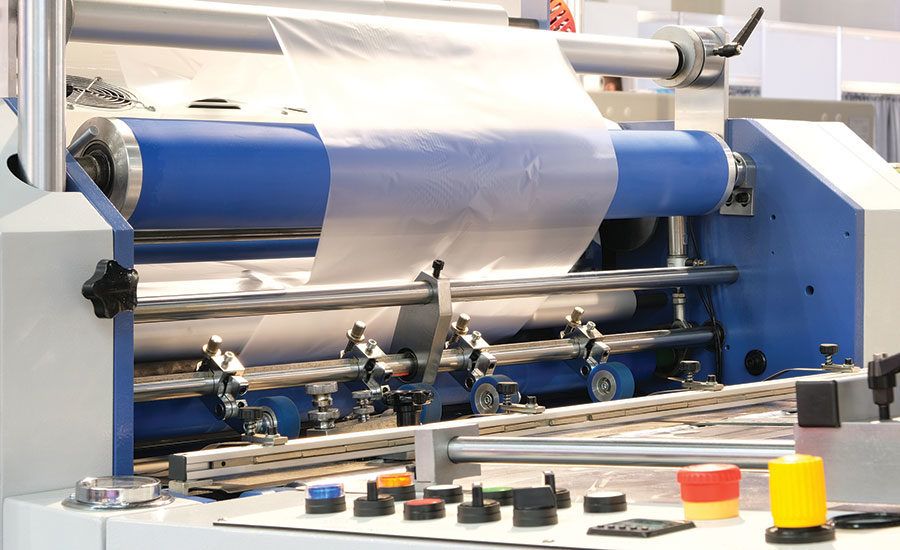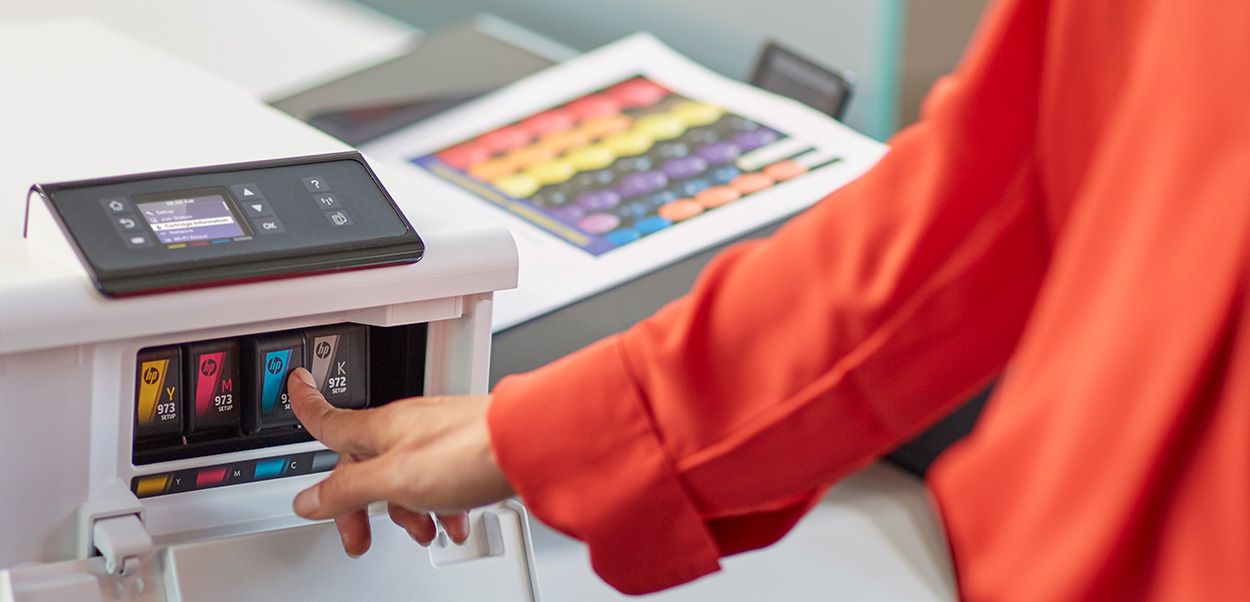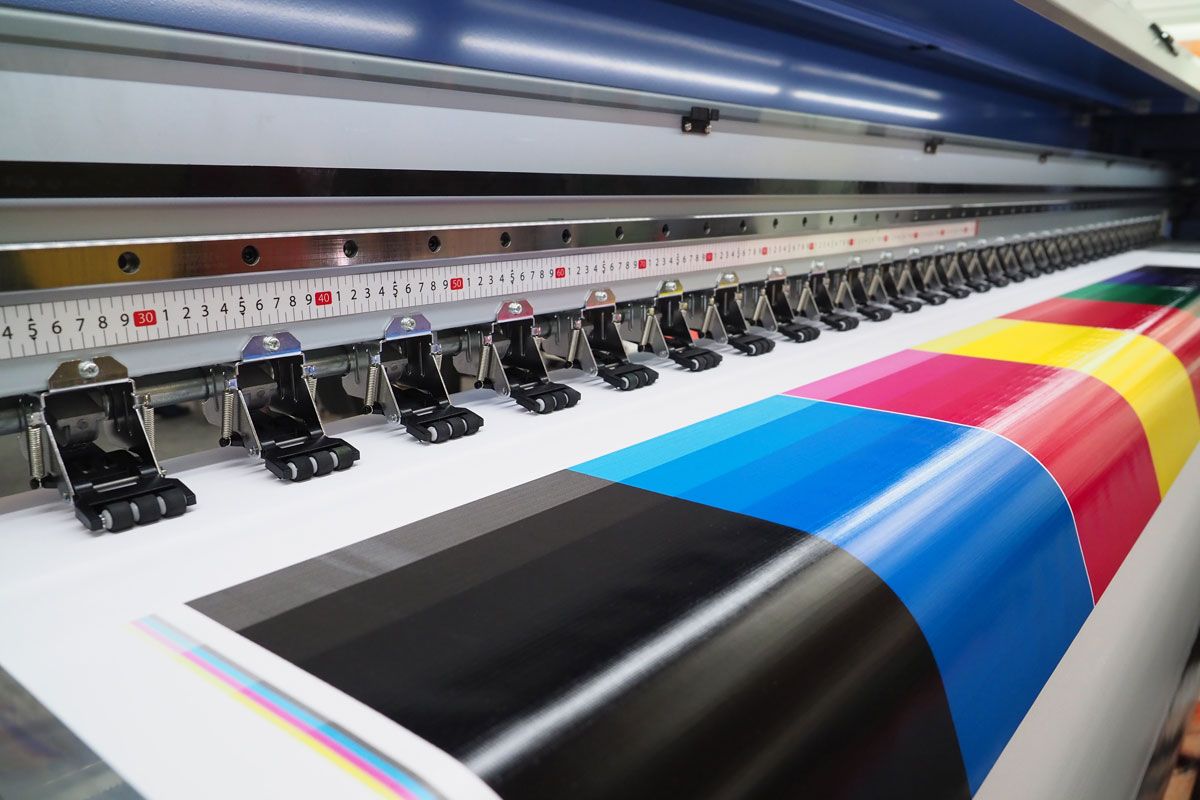
Important business decisions are being made every day and changing buyer interests and disruptive technology factor heavily into these decisions. Then came the Coronavirus pandemic, and everything changed. New rules were made and countries went into lockdown, customers became hoarders and business travel halted. Hardly any leaders or strategic organizers might have imagined the overall disturbance from the spread of Covid-19, yet discovering approaches to suffer and flourish when these occasions happen is essential for planning and leadership for those with authority.
The Mechanical Inkjet Printing industry was to no exemption. Kao Collins, which makes inkjet inks for business printers, has seen critical expansions in orders for certain inks and diminishes for different inks. “We’re adapting and finding new ways to navigate the new normal now,” said Stephen Buchanan, Business Development Manager at Kao Collins. An innovative work scientist, Buchanan moved from the lab at Kao Collins into his new job as Business Development Manager in January, before the pandemic overturned business and life overall. He talks about what he's seen so far in the inkjet printing industry, and spoke about how business is adjusting:
Demand for Food Packaging Inks is Growing
As the pandemic took a firm grip on the world, customers amassed more than bathroom toilet paper. Packaged and conserved food was likewise vanishing from stores quickly. Thus, the interest for food-grade inks frequently utilized in food packaging expanded drastically, as food makers struggled to keep momentum with the changing environment. "Flexible packaging and labels are definitely booming right now," Buchanan said. In like manner, wellbeing cognizant customers all throughout the planet purchased up over-the-counter drugs. Drug and clinical stock organizations worked at a quicker speed to supply clinics.
While a few makers and wholesalers had to close, Kao Collins proceeded with creation as a fundamental business to supply inks for packaging and naming clinical and drug things. The organization worked on additional movements to satisfy client needs. "We needed to show our clients we were here to help them" he said.
Wide-Format Printing Dips, Then Rebounds
Trade shows around the world were cancelled, and wide-format commercial printers initially took a big hit. Their printing business depended on orders for banners used during conventions and in-person events, stores also stopped ordering promotional banners.
This industry is an example of how the sector could adapt. As “social distancing” became the buzzword around the world, essential retail stores needed to remind their customers to keep six or more feet of space between each other. To do that, they turned to wide-format printers to print floor decals.
Direct Mail Takes A Direct Hit
Unemployment went sky high, shooting to 14.8% - the highest rate seen since 1949! And so, when consumer spending power started dropping, organizations started slicing their marketing budget to lessen the cost on standard mail promotion. High-speed direct mail printing of brochures, pamphlets, and fliers slowed, yet its expected that the regular postal mail fragment to ricochet back.
Short-run Product Labelling Inks
Art bottling works and territorial wine-makers are hitting the mark with customers. Both regularly use inkjet printing to create eye-getting marks, particularly for occasional and unique deliveries. Inkjet printing is more practical for delivering the more limited runs of the labels required for products.
More Than Ink Sales
As we life is beginning to get back to normal, we are faced with the question of what the new normal may resemble for each industry. "All things considered, this is much greater than inkjet. Anything we can do to help our clients, that is need number one," Stephen Buchanan says. “A little empathy goes a long way. That’s really what it’s all about.”

